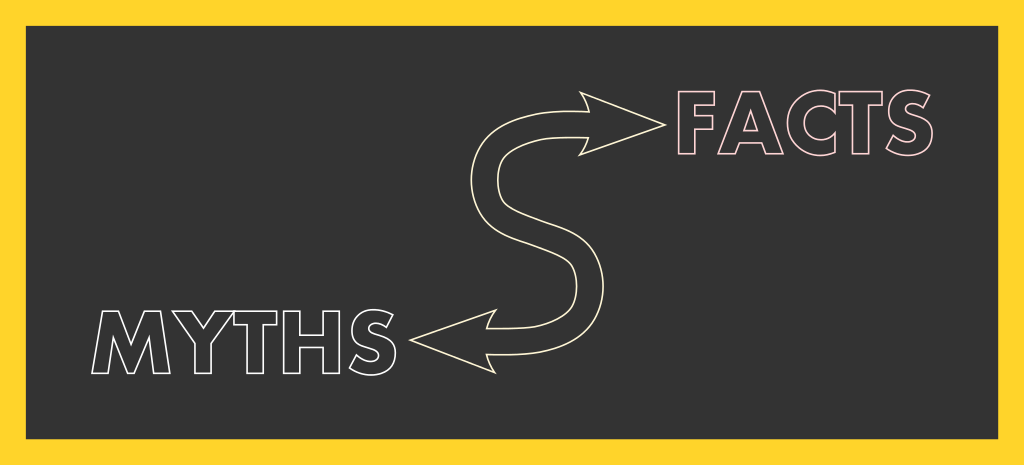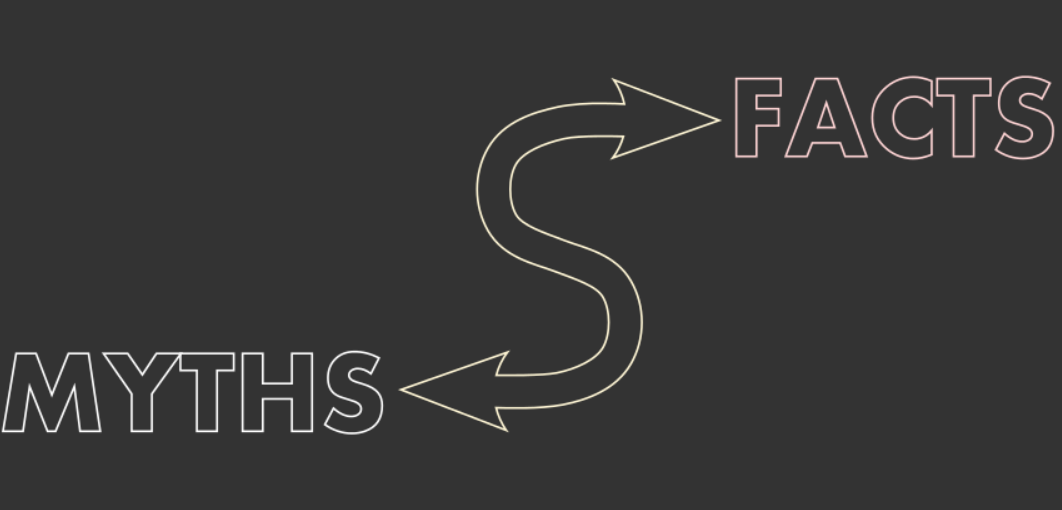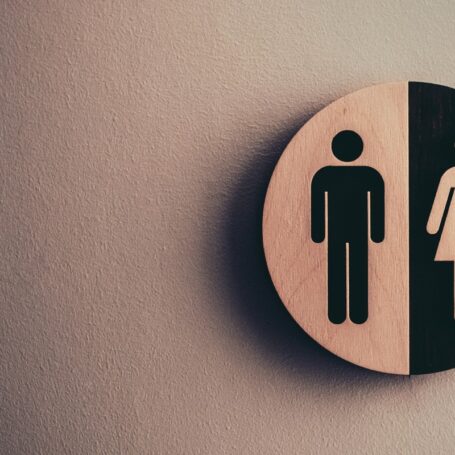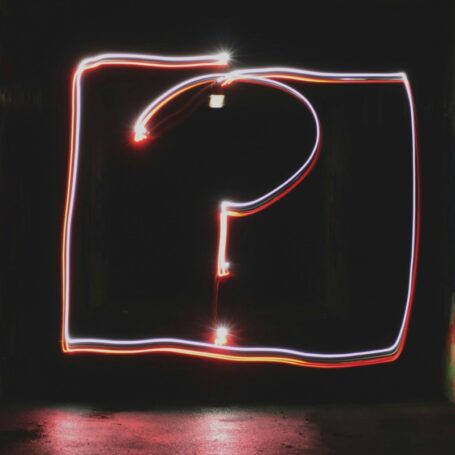Learn From COVID-19 Myths – Don’t Just Debunk Them

In a February report about the spread of the novel coronavirus that causes COVID-19, World Health Organization officials used the term “infodemic” to describe the avalanche of information circulating about the virus. They were concerned that it was becoming hard for people to find trustworthy sources and reliable guidance. The sheer volume of information — and misinformation — had become overwhelming.
Amid the chaos of this infodemic, falsehoods and rumors have run rampant — from unfounded claims that the virus leaked from a lab in Wuhan, China to speculation linking the epidemic to bat soup, snakes, and yes, even that Mexican beer. There have even been claims that COVID-19 can be prevented or cured with vitamin C, garlic, sesame oil, or sea lettuce.

Scientists and journalists are responding to these rumors the best way we know how: with facts and accurate information. But there are limitations to this approach. Yes, it is important to respond to falsehoods with evidence-based information and set the record straight. But we’ve seen time and time again — with climate change, vaccination, the Zika virus — that a tactic of simply throwing facts at misinformation can be ineffective.
It can even be counterproductive. According to a group of social scientists who recently convened in London to discuss the coronavirus emergency, simply deploying evidence to “correct” rumors sometimes misses the point or undermines trust.
Instead of viewing rumors and myths as misperceptions that can be suppressed with accurate information, we should treat them as opportunities to understand — and respond to — the legitimate anxieties of the people who adopt and share them. In other words, we should look at them as valuable feedback that can help improve our own reporting and messaging.
Remember, we’ve been here before. In the early days of the 2014 Ebola outbreak in West Africa, there were rumors in Sierra Leone that the ruling party had set up “death squads” to lure members of the opposition to treatment centers and kill them by lethal injection. In Liberia, people speculated that the president was deliberately poisoning citizens. Many people believed the crisis had been manufactured or exaggerated by the government. As a result, the advice of public health experts — including WHO protocols that forbade family members from burying their loved ones with customary rituals that involve touching or washing the body — was met with strong, often violent, resistance.
With the help of social scientists, however, it became clear that much of the Ebola-related misinformation and resistance was rooted in legitimate and deep-seated concerns. For instance, advice to limit the risk of transmission interfered with everyday social interaction and care for the dying. In a region exploited by colonial powers, many people were anxious about foreign intervention. To have any chance of containing the epidemic, WHO officials had to understand its human and social context. They had to listen to people and adapt their advice accordingly, developing new protocols — such as a “safe and dignified” burial procedure — on the fly.
Sylvie Briand, who directs WHO’s Pandemic and Epidemic Diseases Department, said at the time that the Ebola experience was a turning point. Our thinking about outbreak containment had to become more social, as well as biomedical, she said.
At first glance, the case of Ebola might not seem like a good comparison for COVID-19. But although the specific diseases, rumors, and geographies may be different, the underlying angst is similar: Rumors that the new coronavirus emerged from a lab in Wuhan, false reports of victims collapsing in China, and the flood of purported home remedies are suggestive of a public beset by distrust of institutions, a fear of the unknown, and a sense of helplessness.
“Epidemics often become an opportunity for people to express deeper worries,” says Melissa Leach, the director of the U.K.-based Institute of Development Studies (IDS). In fact, Leach balks at the term rumors, which she finds dismissive. Call them “anxieties,” she says. Leach and other social scientists have come to see those anxieties as legitimate reactions that can be mined for useful insight — insight that can help public health officials tailor their messaging.
The idea is gaining some traction. Building on infrastructure put in place during the West African Ebola crisis, the IDS and UNICEF collaborated to set up a Social Science in Humanitarian Action Platform (SSHAP) that can aid the response to humanitarian health crises. The platform serves as a way for WHO and other agencies to get evidence-based input from social scientists about efforts to contain epidemics. If, say, WHO needs advice on how to adapt quarantine measures in different countries or combat misinformation, social scientists on SSHAP can deliver it fast.
Another approach is to embed social scientists in government and other response agencies during an emergency, Leach says. During the Ebola outbreaks in West Africa and the Democratic Republic of Congo, social scientists would meet regularly with other humanitarian responders, briefing the responders on what communities were experiencing on the ground — their worries, their reactions, the impacts of public health measures. That input would then be delivered to communications teams responsible for engaging with the communities, creating a real-time feedback loop. One project by the British Red Cross in Congo used rumor tracking to get clear feedback on people’s questions in order to address them.
One complication of this feedback-loop approach is that it’s often difficult to know the origin of a myth. And not all misinformation is cut from the same cloth: Although many rumors are founded on legitimate anxieties, some are spread deliberately for political reasons. Perhaps those more sinister falsehoods are best left to be simply debunked.
But much of the speculation we see during an epidemic is, in fact, a rational response to new and uncertain risks. Scientists and journalists can use that speculation. By working to understand its underlying causes, we can sharpen our own messaging.
As the new coronavirus spreads, a well-informed public will be essential to prevent not only infections but unnecessary panics. Communicators must find ways to engage with online chatter in a way that is both pragmatic and respectful of the human condition. If people are anxious — and, during an epidemic, they usually are — let’s examine those anxieties. Let’s understand them. And then let’s use that insight in the fight against misinformation.






















































































